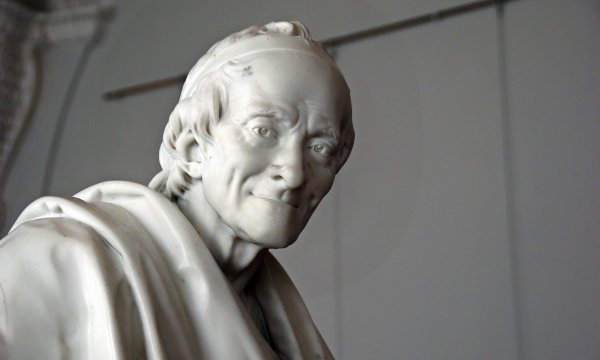Portrait of a Revolution
“While the sights and sounds that we heard were entirely Egyptian, we can t help but hear the echoes of history - echoes from Germans tearing down a wall, Indonesian students taking to the streets, Gandhi leading his people down the path of justice. As Martin Luther King said on celebrating the birth of a new nation in Ghana while trying to perfect his own: There s something in the soul that cries out for freedom.”
Such were the words of president Obama in his speech on the Eve of Mubarak s departure, and his words in turn echo the sentiments of the world at large regarding the success of the Egyptian revolution. But who are these “youth” that everyone is now toasting and celebrating? And how did they manage to topple a 30 year old authoritarian regime within 18 days?
The Jan 25 movement may have taken 18 days to topple the head of the regime but it has been years in the making.
Unlike similar youth propelled movements throughout history, including that of the Indonesian students mentioned in Obama s speech, or indeed any other student centric rebellion - the Egyptian youth rebellion has never been able to congregate in the conventional way via Student unions in Universities or youth societies pertaining to any institution, especially since the vast majority of Universities in Egypt are governmental institutions and thus under surveillance. There were small protests in the past but certainly nothing powerful enough to push the revolution forward.
The internet was the spiritual home of sorts for the youth from the start – a free space in which to exchange ideas, debate and forward the cause of freedom. Arguably one could say that the revolution really began with the Egyptian blogosphere which according to government statistics consists of more than 160,000 blogs. Here, individuals could primarily practice freedom of speech through being able to voice their thoughts honestly and even air their political views.
Eventually many of these blogs became increasingly politicized, giving birth to a digital activist movement which not only brought to light injustices and atrocities committed by the former regime, but inciting to action in the real world. These activists often got harassed for this, like student Kareem Amer who was expelled from Al-Azhar University in 2007 for sharply criticizing the university’s rigid curriculum and faulting religious extremism on his blog, and eventually being jailed for it. nbsp; And these activists, people like Amer and Wael Abbas, Mahmoud Salem (of the Sandmonkey Blog) etc, were the backbone of the revolution.
Eventually other forms of internet technology allowed for gathering of more people and more momentum through for example the Facebook group “We are all Khaled Said”, which at over 800,000 members became a central part of that movement. It was created by Wael Ghonim who was then anonymous, along with other anonymous activists in 2010 shortly after 28 year old Egyptian Khaled Said died under suspicious circumstances, allegedly at the hands of the Egyptian police. The group was responsible for putting average Egyptians in touch with human rights organizers throughout the course of the protests, and Khaled Said has been hailed as the silent hero of the revolution. Reports claim that it was on this Facebook group that the idea of protesting on January 25, a national holiday honoring the police in Egypt, was first suggested.
To a large extent the anonymity of both blogs, Facebook, and Twitter, is what led to the success of the revolution. There could be no conflict of ideology when those joining you in a protest were merely a profile picture and a ticked acceptance on the protest event page. And eventually more and more people joined through word of mouth or through following the example of the brave few who have been fighting for years.
nbsp;














